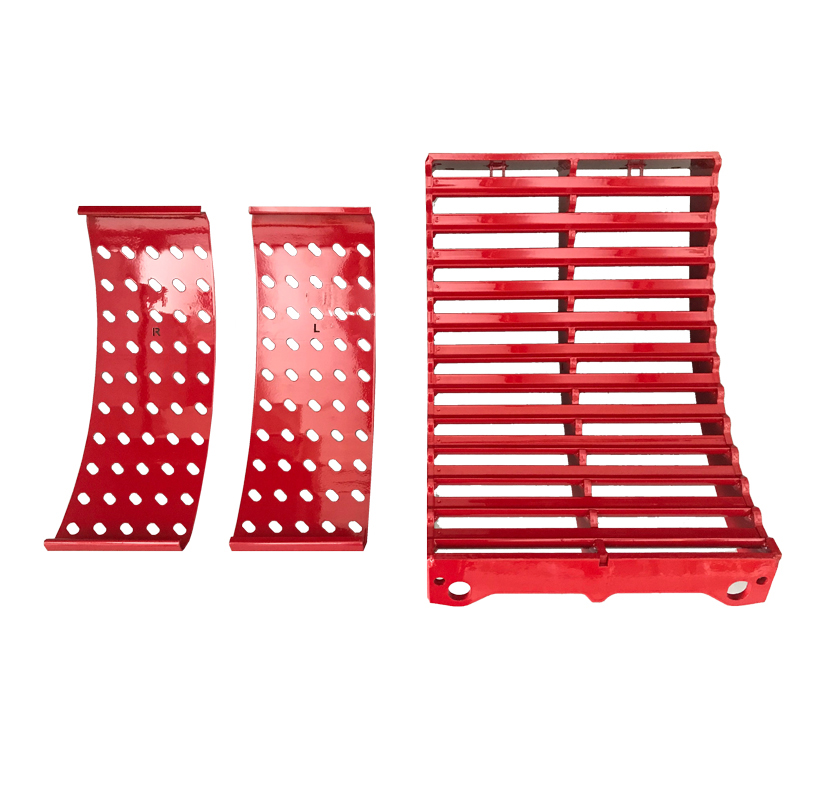INTRODUCING XPR-CONCAVES
With the advancement of science, the agricultural technology has also taken a new step. The previous concaves that were generally used by the previous generations have now been revamped into better ones to aid you in your agricultural work. The new XPR-concaves. They have large bars, smarter thrashing capability, optimized spacing, greater separation ability, refined cover plates and the full package leading to give a superior performance. And the best thing is, in spite of being so technologically advanced, every person can use it. Only with these concaves, they will be earning more money.
THE FEATURES OF XPR-Concaves
The all-new concave has some amazing features:
• XPR-concave threshes all crops from corn to beans to wheat.
• There remains no cracks or splits in the crop post threshing.
• It has more capacity to thresh more amount of crops at a time.
• They have faster ground speed.
• It eliminates rotor loss by a huge percentage by having a slower rotor speed.
• No remains of tailings or pods in crops like peas and pulses.
• They have increased horsepower, which makes the threshing easier and simpler.
• There are no disrupters, which might go wrong. So you don’t have to take headaches.
SO WHAT’S THE DIFFERENCE? RPR vs XPR
All the issues that the RPR system seems to have, have been dealt with in the XPR-concave system.
1. The RPR concave used to stop crops being overflowed but when it came to crops like wheat, it under performed. It is because wheat is hard to grain crops. Also, RPR’s 90° angle used to wear off grinding grain and cobs, putting in too much pressure on them. But the XPR-concave has larger bar thereby having 117% more surface area to thresh corns than RPR. Also, the angle has been optimized to such a degree that it can do maximum threshing without damaging the cobs. As a result of all of these changes, XPR threshes hard crop like wheat, and does fine threshing without any tailings, whitecaps or cracking the corn, something often experienced with RPR.
2. RPR rotor needed to run faster causing rotor loss, but XPR has been designed to slow the rate of flow of crops, meaning you can run your rotor slower and have a greater quality of grain. Also due to the more open spacing more threshed grain can be unloaded in the concave section, preventing an overloaded separator. That is XPR not only threads fast but also captures the crop sooner.
3. The RPR system had 14 disrupter fingers. But the XPR-concave has 143 fingers which help in fluffing, interrupting and tossing the crop mat around, and also to capture any loose grain. The XPR’s separation performance is the best among the lot.
4. The XPR has perforated cover plates which help is the even distribution of the grains on the augers while it is threshed. Therefore, there is no problem of overloading on one side of the cover plate, and also no prolonged threshing that happened with the RPR’s plates.

